11 Must-Know Blueberry Growing Tips for Beginners
Growing blueberries in your garden can be a rewarding experience, especially when you follow the right tips. These sweet berries are not only delicious but also easy to grow with the proper care. To enjoy a bountiful harvest, it is important to provide your blueberry plants with the right environment and attention. With a few simple steps, you can grow healthy, fruitful blueberry bushes in your backyard. Let us explore some key tips to help you get started.
This post may contain affiliate links, which helps keep this content free. Please read our disclosure for more info.
Choose the Right Variety for Your Climate
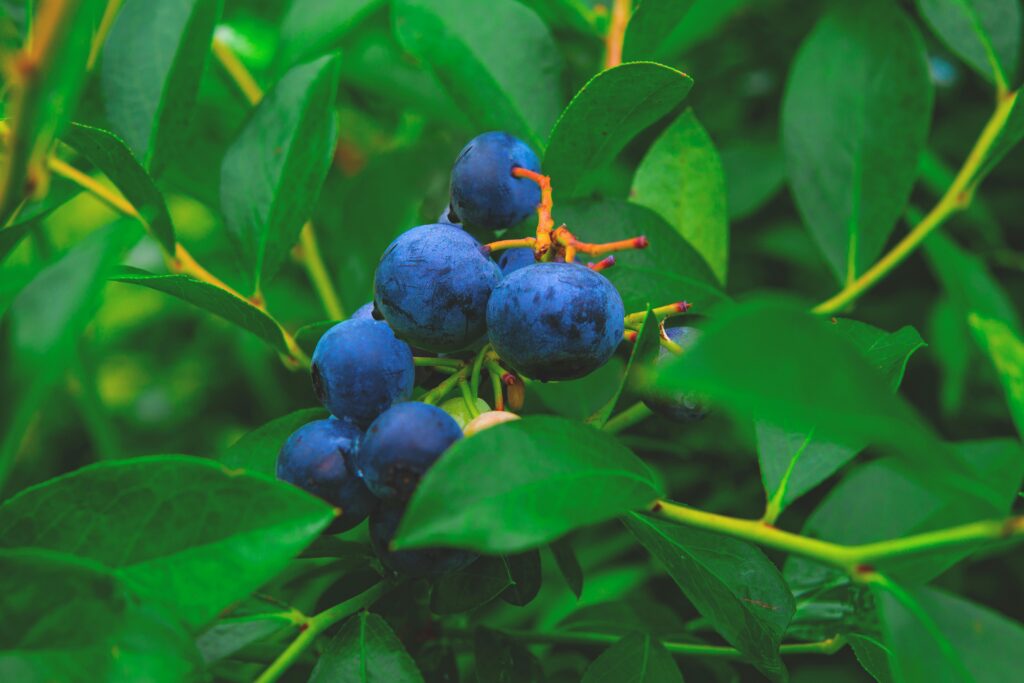
Selecting the right blueberry variety for your climate is essential for successful growth. There are three main types of blueberries: highbush, lowbush, and rabbiteye, each suited for different regions. Highbush blueberries are perfect for cooler climates, while rabbiteye varieties are ideal for warmer areas. It is important to research the best variety for your area to ensure strong growth and a bountiful harvest.
The correct variety will thrive in your local conditions and give you the best chance for fruit production. By choosing the right type, you can reduce the risk of poor growth or failed crops. Local nurseries or gardening centers often carry varieties that are well-suited to your region. This simple step will set your blueberry bushes up for success from the start.
Plant Blueberries in Acidic Soil
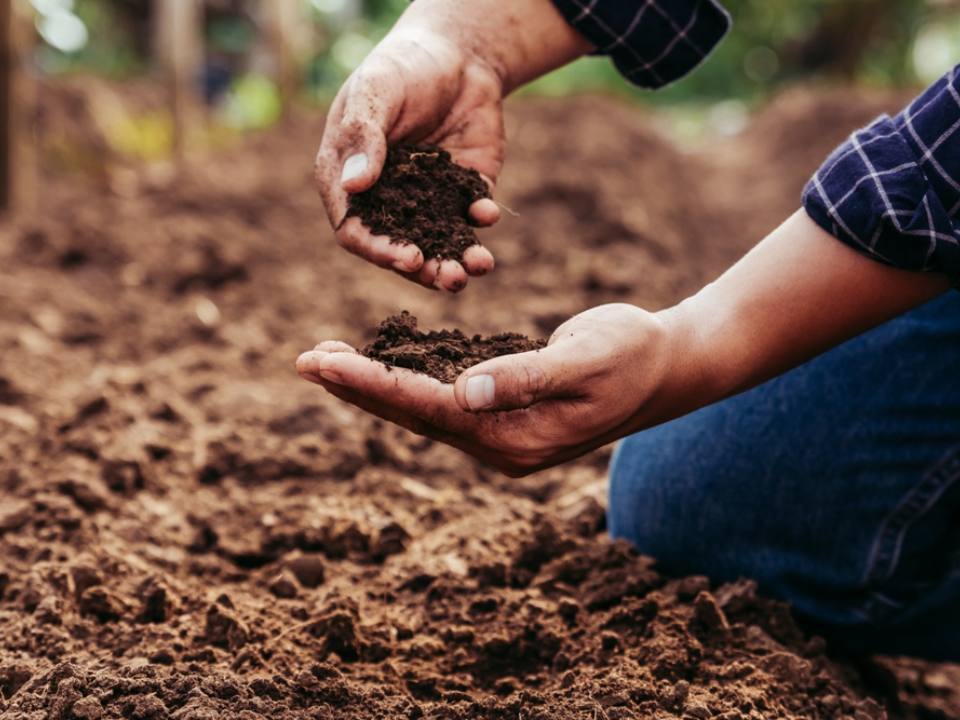
Blueberries thrive in soil with a pH level between 4.5 and 5.5, which is more acidic than many other plants prefer. Testing your soil before planting will help you determine if it needs to be adjusted. If your soil is too alkaline, you can amend it with organic material, such as peat moss or sulfur, to lower the pH. Acidic soil will help your blueberry bushes absorb nutrients efficiently, promoting healthy growth and fruit production.
Adding organic matter to the soil not only helps with acidity but also improves its texture and drainage. It is important to check the pH regularly to maintain the right balance. Blueberries planted in acidic soil will have better root development and will be more resistant to disease. Proper soil conditions are crucial for growing healthy, productive blueberries.
Ensure Plenty of Sunlight
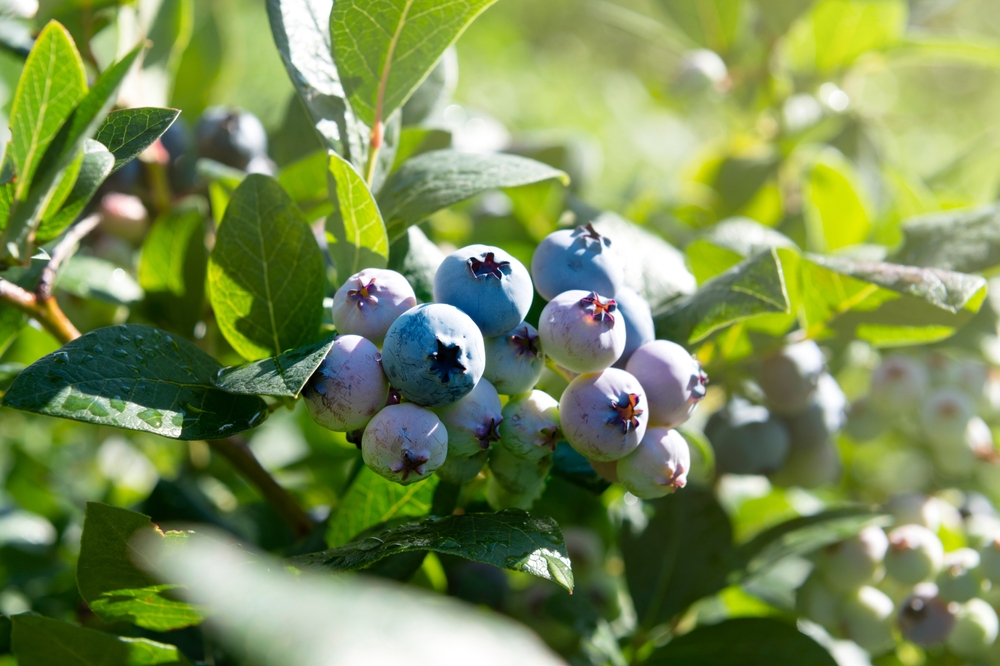
Blueberries need full sunlight to thrive, so it is important to plant them in a location that receives at least six hours of direct sunlight each day. Sunlight helps the plants produce the energy they need for healthy growth and fruiting. Choosing a sunny spot will encourage more blooms and larger berries, leading to a higher yield. Be mindful that shade can reduce the amount of fruit your blueberry plants produce.
Even in hot climates, it is important to ensure that blueberries receive adequate sunlight without being scorched. Blueberries are hardy and will adapt to direct sunlight, as long as they are not overexposed. Finding the right spot will help your plants grow strong and productive. Full sunlight is essential for maximizing the success of your blueberry bushes.
Provide Well-Drained Soil

Blueberries do not like their roots to sit in water, so providing well-drained soil is key. The soil should retain moisture but not become soggy, as this can cause root rot and other issues. If your soil is heavy or clay-like, consider adding organic matter like compost to improve drainage. Raised beds are another great option for ensuring proper drainage and preventing waterlogging.
Good drainage will keep the roots healthy and allow for better absorption of nutrients. Well-drained soil prevents the plants from becoming stressed and helps avoid common issues like fungal diseases. Blueberries need moist, well-drained conditions to thrive, so take the time to prepare your soil correctly. Proper soil care will support strong, healthy plants.
Water Consistently and Deeply
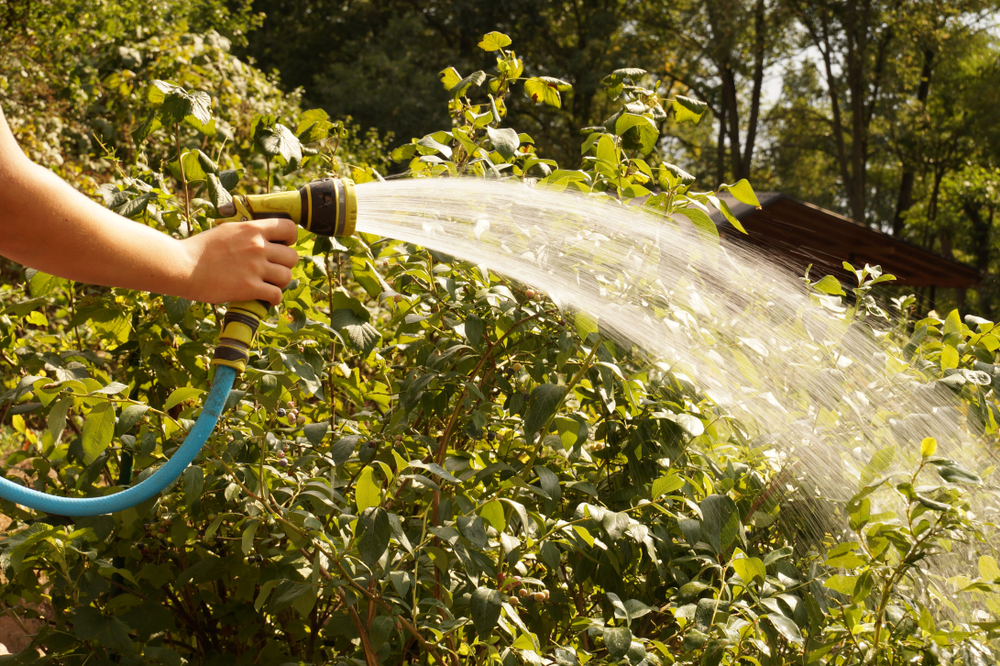
Blueberries need regular watering, especially during dry spells, to produce healthy fruit. The soil should be kept consistently moist but not waterlogged, as overwatering can lead to root rot. It is best to water blueberries deeply rather than shallowly, ensuring that the water reaches the root zone. Drip irrigation or soaker hoses work well to deliver water directly to the soil without wetting the foliage.
In hot weather, blueberries may require more frequent watering to keep the soil moist. Be sure to water early in the morning to reduce evaporation and to help prevent disease. Consistent, deep watering will promote strong root development and healthy fruit production. This step is essential to keep your blueberries growing well throughout the growing season.
Mulch Around Your Blueberry Bushes
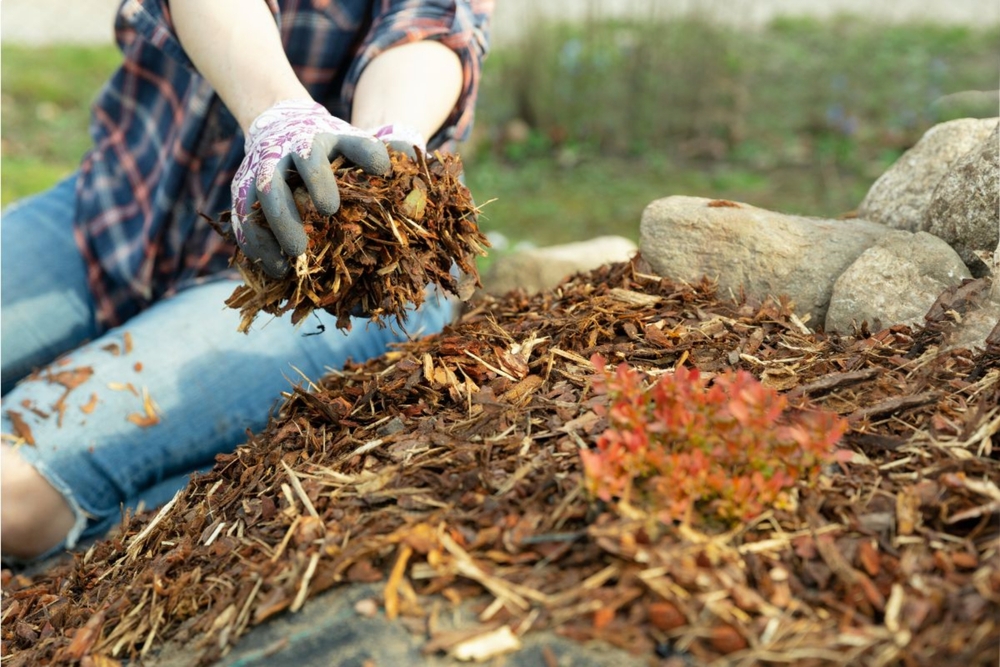
Mulching is an excellent way to help blueberries retain moisture and keep weeds at bay. Organic mulches, such as pine bark, wood chips, or straw, are ideal because they help acidify the soil as they break down. A 2-3 inch layer of mulch around the base of the bushes will keep the soil temperature stable and reduce the need for frequent watering. Mulch also protects the roots from temperature extremes.
In addition to moisture retention, mulch helps reduce competition from weeds, which can rob your blueberry plants of nutrients. As it decomposes, mulch adds organic matter to the soil, improving its texture and fertility. Proper mulching is a simple yet effective way to keep your blueberries healthy and thriving throughout the growing season. It also provides a neat and attractive look to your garden.
Prune Regularly for Healthier Plants
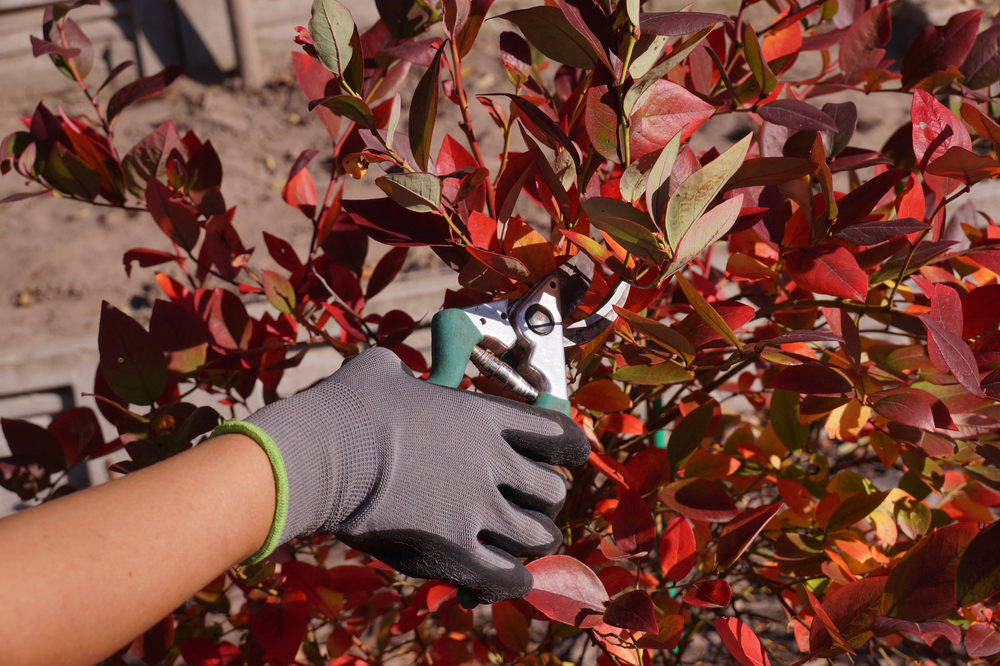
Pruning your blueberry bushes regularly is essential for encouraging strong growth and higher fruit production. Remove dead or damaged wood to improve air circulation and light penetration within the plant. Pruning also helps maintain the shape and size of the plant, preventing overcrowding. Regular pruning promotes better fruiting and can help your plants grow more vigorously.
It is best to prune blueberries during the dormant season, typically in late winter or early spring before new growth begins. Removing older wood can encourage the growth of new, productive branches. This step is crucial for maintaining the health and productivity of your blueberry bushes. Pruning helps keep the plant focused on producing fruit rather than excess foliage.
Protect from Pests and Wildlife
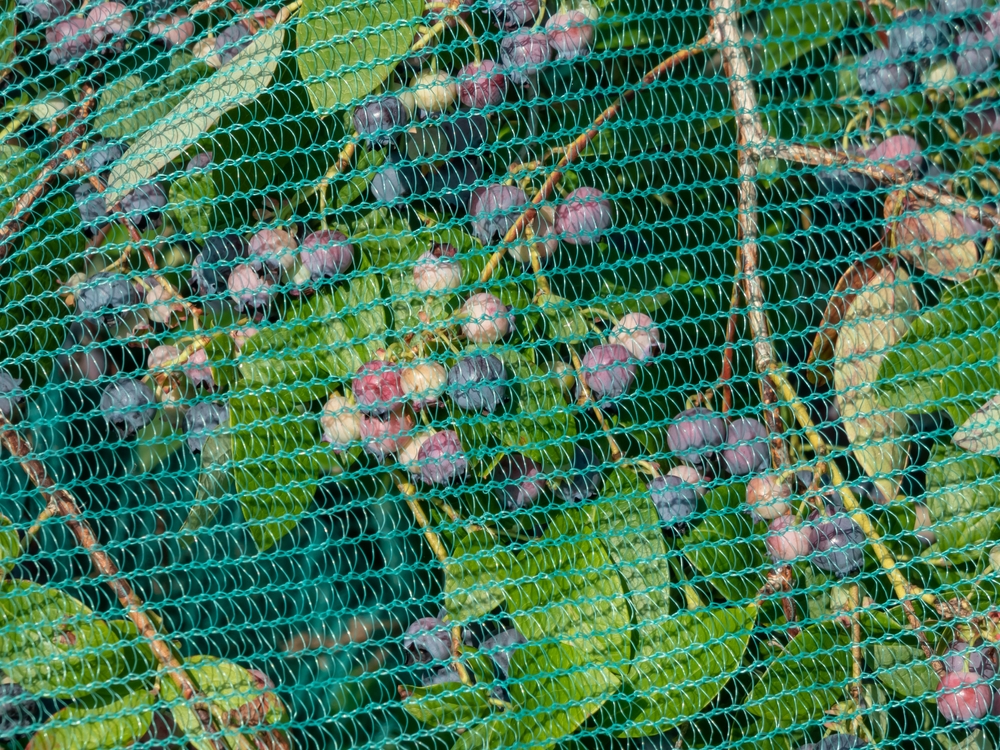
Blueberries can attract pests and wildlife, such as birds and insects, which can damage the plants or consume the fruit. Installing netting around your blueberry bushes can help protect the ripe fruit from being eaten by birds. You can also use natural repellents or insecticidal soap to keep pests like aphids and caterpillars away. Regularly checking your plants for signs of pests will help you address any issues early.
It is important to take preventative measures to avoid damage from pests and wildlife. A physical barrier like netting is one of the most effective ways to keep birds from getting to the fruit. Regular monitoring and early action can help prevent major infestations. Protecting your blueberry plants will help ensure a healthy and productive harvest.
Provide Proper Pollination
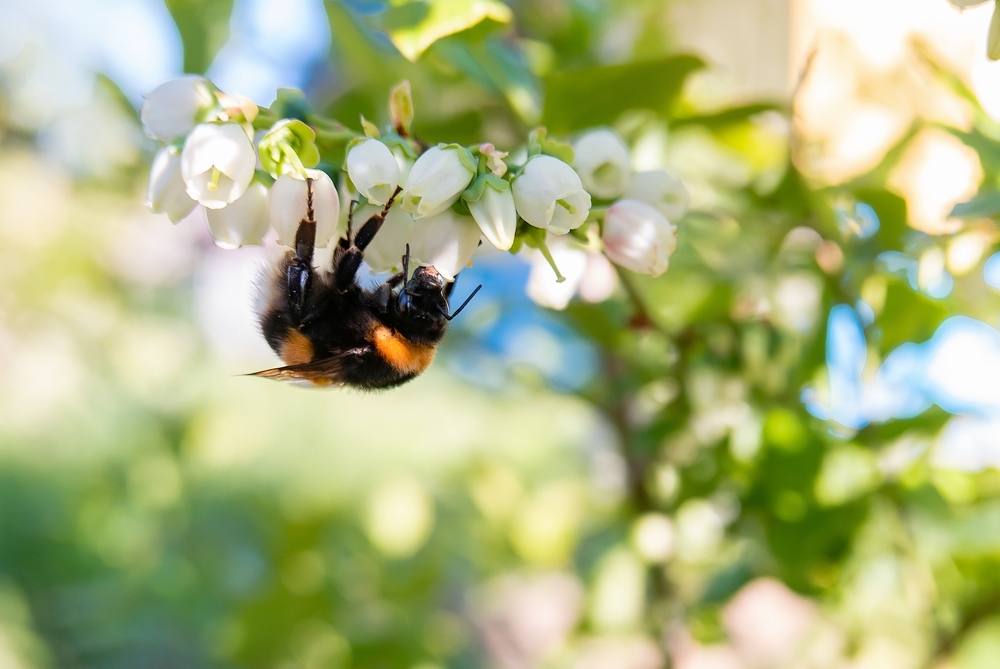
For blueberries to produce fruit, they need to be pollinated, which is typically done by bees and other pollinators. While some varieties of blueberries are self-pollinating, having more than one variety planted nearby will increase the chances of cross-pollination. This results in higher fruit yields and healthier plants. Make sure to plant multiple varieties of blueberries to encourage pollination and improve your harvest.
Blueberry plants attract many pollinators, so planting a variety of flowers nearby can help encourage bees and butterflies to visit. Cross-pollination improves the quality and quantity of fruit, especially in areas where pollinators are scarce. By providing the right conditions for pollination, you will enjoy a better blueberry crop. This step is essential for maximizing your plant’s fruit production.
Choose the Right Location for Planting
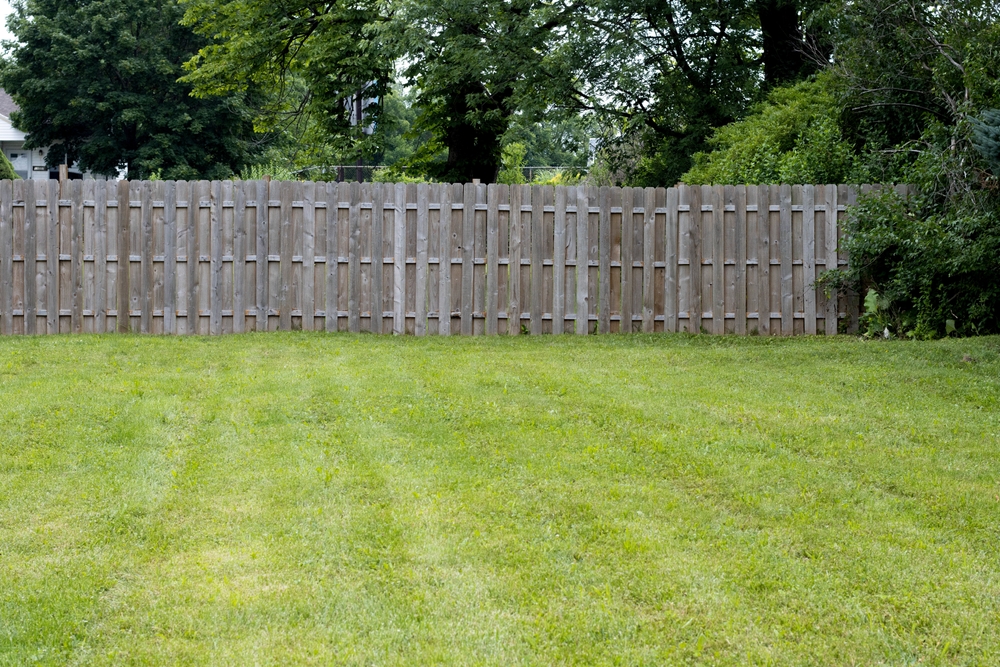
Selecting the right location for your blueberries is essential to their success. Blueberries need well-drained, slightly acidic soil and should be planted in an area that receives full sunlight. They prefer a spot with good air circulation to prevent fungal diseases. Choose a location that is sheltered from strong winds and provides protection from the harsh midday sun.
By planting in the right spot, you will ensure that your blueberries have the best chance for healthy growth and fruiting. Consider the space available and avoid planting them in low-lying areas where water may pool. Planting in the right location also helps with ease of access for harvesting and maintenance. This simple step can lead to a more productive and trouble-free growing season.
Fertilize Correctly and Sparingly
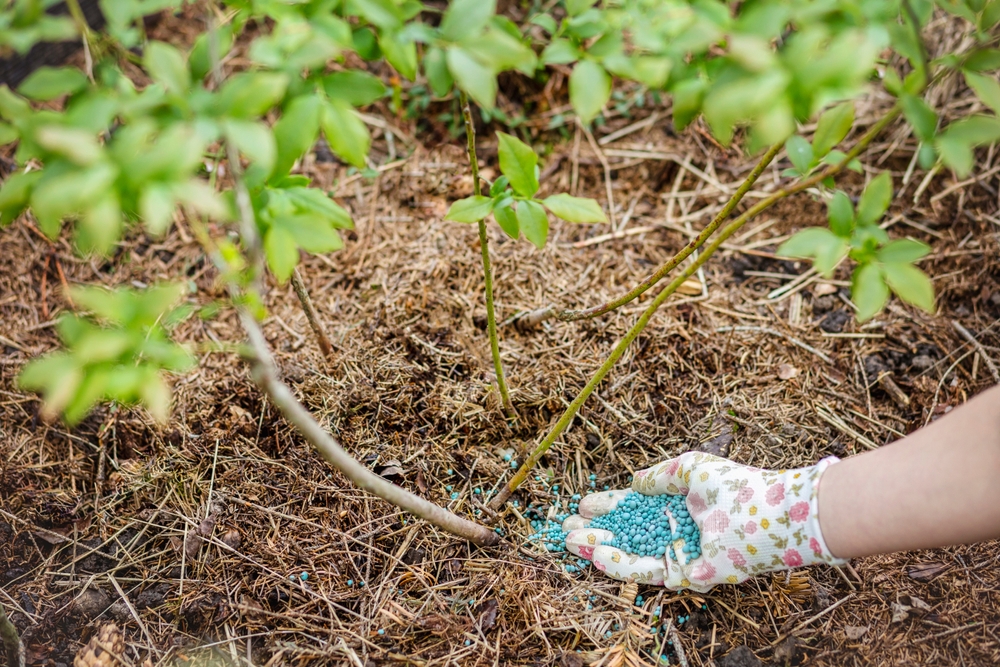
Blueberries have specific nutrient needs, and fertilizing correctly can make a big difference in their growth. Use fertilizers that are low in phosphorus, as blueberries do not need much of this nutrient. It is best to use organic fertilizers or those specially formulated for acid-loving plants. Fertilizing once in early spring and again after fruiting can help your plants grow strong without overfeeding them.
Be cautious with the amount of fertilizer you use, as too much can harm the plants or cause them to grow too quickly with little fruit. Blueberries thrive in nutrient-rich soil, but over-fertilization can lead to poor fruiting and weakened plants. Applying fertilizer according to the manufacturer’s instructions will keep your plants healthy. Proper fertilization helps ensure that your blueberry bushes remain strong and productive throughout the growing season.
Avoid Overcrowding Your Blueberry Bushes
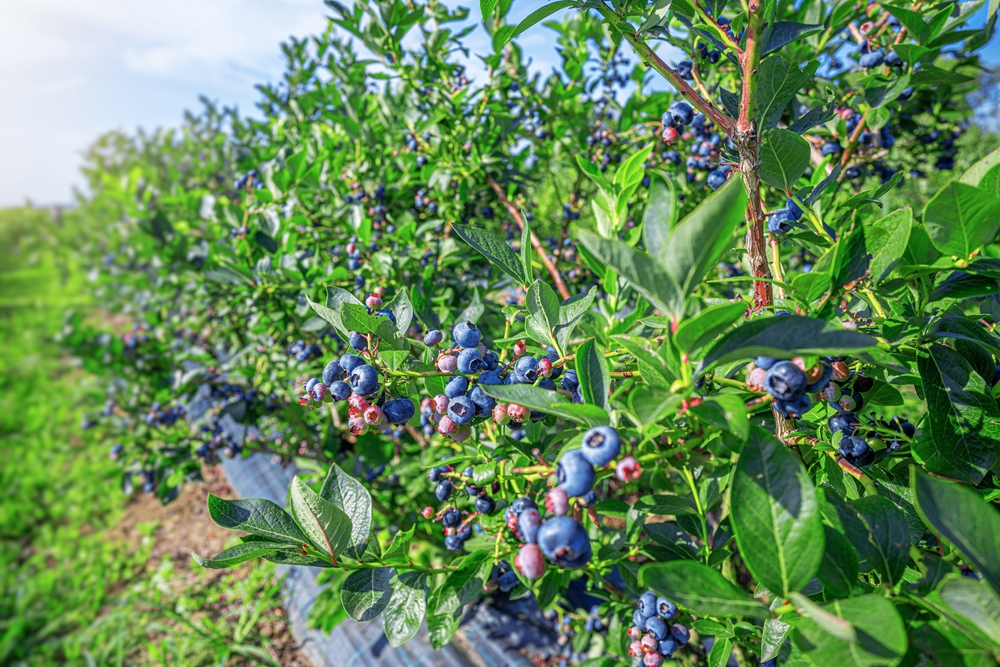
Blueberries need plenty of space to grow and thrive, so avoid overcrowding them in your garden. When planting, leave enough space between each bush to allow for proper air circulation and light penetration. Overcrowding can lead to poor growth, reduced fruit production, and increased risk of diseases. Proper spacing also ensures that each plant has access to the nutrients and water it needs.
Spacing your blueberry bushes properly promotes healthy root development and reduces competition for resources. It is essential to consider the mature size of the bushes when planting to prevent crowding. As the bushes grow, they will need space to expand without interfering with neighboring plants. This simple step will help your blueberries grow strong and produce high-quality fruit.
Harvest at the Right Time
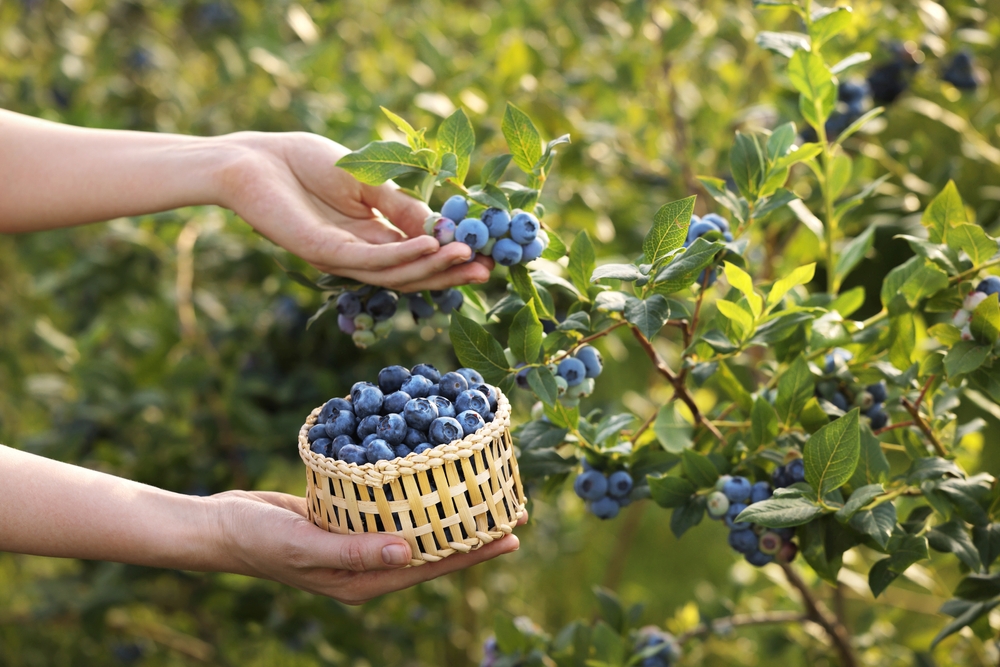
Harvesting blueberries at the right time is crucial for getting the best flavor and quality. Blueberries are ready to be picked when they are fully ripe and have turned a deep blue color. Overripe berries may fall off the bush or become mushy, while underripe berries will not have the sweet flavor you desire. Picking your blueberries at their peak ripeness ensures the best taste and texture for fresh eating or preserving.
It is best to pick blueberries in the early morning when they are cool, which helps prevent damage. Handle the berries gently to avoid bruising, as they are delicate once picked. Regularly harvesting your blueberries will encourage the bush to continue producing fruit. Knowing when to harvest is key to enjoying a successful and fruitful season.
Blueberries are a great addition to any garden, and with the right care, they can thrive and produce abundant fruit. Following these practical tips will help you create the best conditions for growing blueberries, from planting to harvest.
This article originally appeared on Avocadu.
